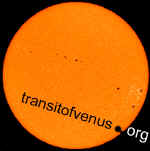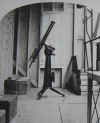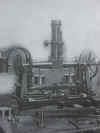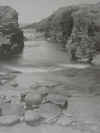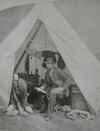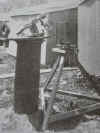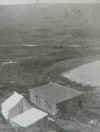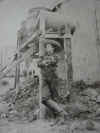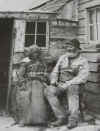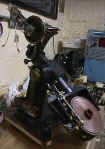US Naval Observatory
|
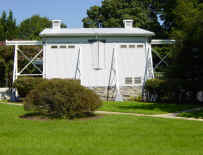
|
In 1874 and 1882, the US Naval Observatory (USNO) sent multiple teams to time the transit of Venus with the aid of photographic equipment. Expedition photographs reproduced here are in the collection of the US Naval Observatory Library.
 sawhorse 1415 |
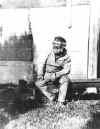
whaler 01416 |

skiff 01419 |
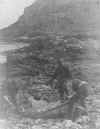
seal 01430 |
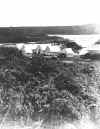
camp |
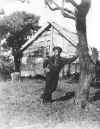
boy 01418 |
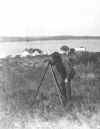
sighting 01423 |
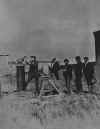
5observers |
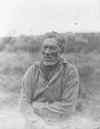
man 01417 |
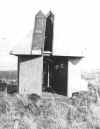 observatory 01429 |
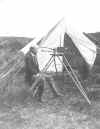
tripod 01431 |

anchor |
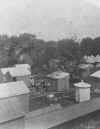
hutfield |

brooklyn 01406 |

practice_obs 01401 |
 ship 01402 |
The images below were digitally photographed at an open table, so the quality is somewhat compromised and reflections occasionally appear. That said, most of the pictures to which you can link remain as large jpeg files.
Additional images from the George Eastman House Still Photograph Archive are available at http://www.geh.org/ar/strip47/htmlsrc/lanternsld_sum00040.html. Shown is "Transit of Venus Huts erected at Naval Observatory; transparency, collodion on glass." |
|
| http://justfurfun.org/astrohtml/heliostat.htm An original heliostat from the USNO expeditions; in a private collection. |
|
 
|
Diagrams of heliostats from the USNO expeditions; images provided by Robert Havlik. |
Below are images of the US Naval Observatory in Washington, D.C.
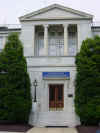 |
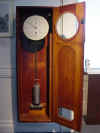 |
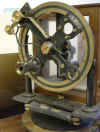 |

|
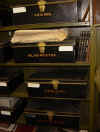
|
 |
 |
 |
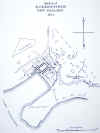
|
 |
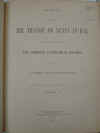 |
 |

|
 |
 |
|
 |
 |
 |
 |
 |
Additional USNO artifacts can be viewed at http://216.239.51.100/search?q=cache:bHpjbTa1IUcJ:www.usno.navy.mil/library/artwork/artwork.html+transit+of+venus+1874&hl=en&ie=UTF-8.
The following text and images are courtesy of the
U.S. Naval Observatory Library; used with permission.
Transit of Venus Plates
Transit of Venus Plates - 1882The site where these plates were taken is unknown.
Images from photographic plates of the Transit of Venus (Venus crossing the face of the Sun), a very rare phenomenon that last occurred in 1874 and 1882. Wet bromo-iodide plates were used in 1874, but by 1882 dry collodion emulsion plates were available. The Naval Observatory and Transit of Venus Commission sent 8 parties around the world to observe each of the transits; the results were important for determining the scale of the solar system. Only 11 plates survive from the American 1882 expeditions; none of the plates from the American 1874 transit expeditions has survived. The next transits of Venus occur in 2004 and 2012.
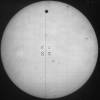
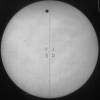
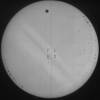
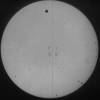 |
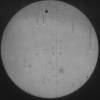
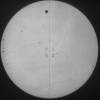
 |
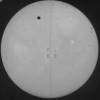


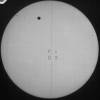 |
For details of and more images from the 19th century USNO
expeditions, either
buy
"The
Thanks go to Brenda Corbin and Steven Dick for their kind assistance at the US Naval Observatory.
 In
preparation for the 1882 transit of Venus expeditions, the United States Naval
Observatory printed a publication listing the detailed duties of each member of
the expedition team. (See "Instructions" page.) Based on
the experiences of the 1874 expeditions eight years prior, the book explains
what the observer may expect to see and how to discern the instant of
contact.
In
preparation for the 1882 transit of Venus expeditions, the United States Naval
Observatory printed a publication listing the detailed duties of each member of
the expedition team. (See "Instructions" page.) Based on
the experiences of the 1874 expeditions eight years prior, the book explains
what the observer may expect to see and how to discern the instant of
contact.
